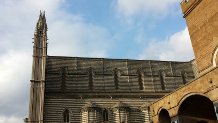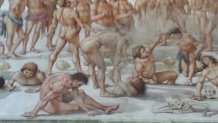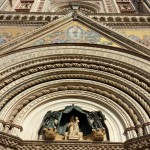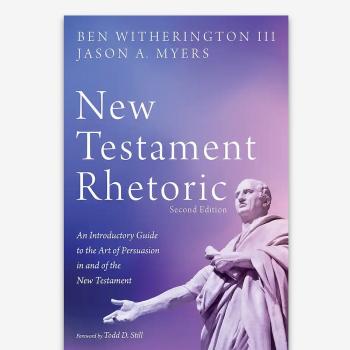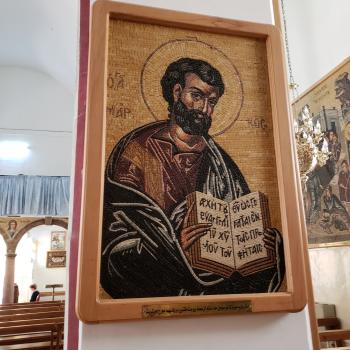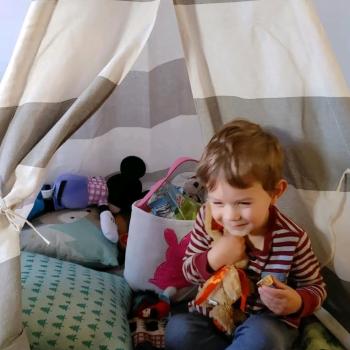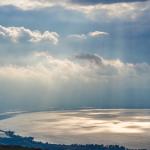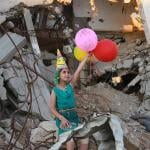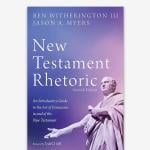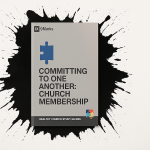Once you get inside the zebra cathedral, things change in some ways. First of all there is still the zebra look with the marble and the basalt alternating in the walls and columns.
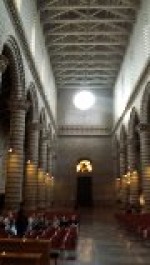
But you also have beautiful stained glass windows, frescoes, and alcoves.


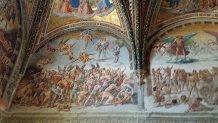
By far the most impressive part of the interior is the chapel of the apocalypse and its amazing frescoes, which in fact inspired Michaelangelo’s frescoes in the Sistine Chapel.. Here is some of the Wiki explanation….
Fra Angelico and Benozzo Gozzoli began the decoration of the vault of the chapel in 1447. They painted only two sections: Christ in Judgment and Angels and prophets as they were summoned in the same year to the Vatican by Pope Nicholas V to paint the Niccoline Chapel. Work came to a halt until Perugino was approached in 1489. However, he never began. After being abandoned for about 50 years, the decoration of the rest of the vault was awarded to Luca Signorelli on 5 April 1499. He added the scenes with the Choir of the Apostles, of the Doctors, of the Martyrs, Virgins and Patriarchs.
His work pleased the board and they assigned him to paint frescoes in the large lunettes of the walls of the chapel. Work began in 1500 and was completed in 1503. (There was a break in 1502 because funds were lacking.) These frescoes in the chapel are considered the most complex and impressive work by Signorelli. He and his school spent two years creating a series of frescoes concerning the Apocalypse and the Last Judgment, starting with the Preaching of the Antichrist, continuing with tumultuous episodes of the End of the World, finding a counterpart in the Resurrection of the Flesh. The fourth scene is a frightening depiction of the Damned taken to Hell and received by Demons. On the wall behind the altar, Signorelli depicts on the left side the Elect being led to Paradise and on the right side the Reprobates driven to Hell. He added to these expressive scenes some striking details.
The Damned are taken to Hell and received by Demons.
The Preaching of the Antichrist was painted shortly after the execution of Savonarola in Florence on 23 May 1498. This friar had been judged guilty of heresy, and the Antichrist, preaching slander and calumny, is causing an uproar such as Savonarola did. The Antichrist is depicted resembling Christ, but is embraced by the Devil whispering in his ear. Among the crowd listening to the Antichrist Signorelli has painted some remarkable figures: a young Raphael in a striking pose, Dante, possibly Christopher Columbus, Boccaccio, Petrarch and Cesare Borgia. Remarkably, in the left corner of the fresco, he has painted himself, dressed in noble garments, and Fra Angelico in habit. In the left background the Antichrist is being chased from heavens by the archangel Michael, and his acolytes being killed by a rain of fire. In the right background he depicts a large Classical temple topped by a dome in Renaissance style. More likely is that the scenes reflect scripture readings called for in the liturgies for the Feast of All Saints and the four Sundays of Advent.
The End of the World is painted over the arch of the entrance to the chapel. Signorelli paints frightening scenes as cities collapse in ruins and people flee under darkened skies. On the right side below he shows the Sibyl with her book of prophesies, and King David with raised hand predicting the end of the world. In the left corner below, people are scrambling and lying in diverse positions on the ground, producing an illusion as if falling out of the painting. This successful attempt in foreshortening was striking in its day.
The Elect in Paradise.
The Resurrection of the Flesh is a study by Signorelli, exploring the possibilities of the male and female nude, while trying to recreate a three-dimensional setting. Signorelli shows his mastery in depicting the many positions of the human body. The risen, brought back to life, are crawling in an extreme effort from under the earth and are received by two angels in the sky blowing on a trumpet.
The Damned are taken to Hell and received by Demons is in stark contrast to the previous one. Signorelli has gone to the extremes of his fantasy and evocative powers to portray his cataclysmic vision of the horrible fate, the agony and the despair of the damned. He uses the naked human body as his only expressive element, showing the isolated bodies entangling each other, merging in a convoluted mass. They are overpowered by demons in near-human form, depicted in colours of every shade of decomposing flesh. Above them, a flying demon transports a woman. This is probably a depiction of the Whore of the Apocalypse.
The Elect in Paradise shows the elect in ecstasy looking up to music-making angels. The few extant drawings, made in preparation for this fresco, are kept in the Uffizi in Florence. They show each figure in various positions, indicating that Signorelli must have used real models in the nude to portray his figures.

For me the most dramatic part is the scene of the dead skeletons rising from the earth and then taking on flesh, and then walking around at the resurrection. It is certainly clear that these Renaissance artists, unlike many moderns were not squeamish about depicting either hell or heaven or the resurrection or damnation.


